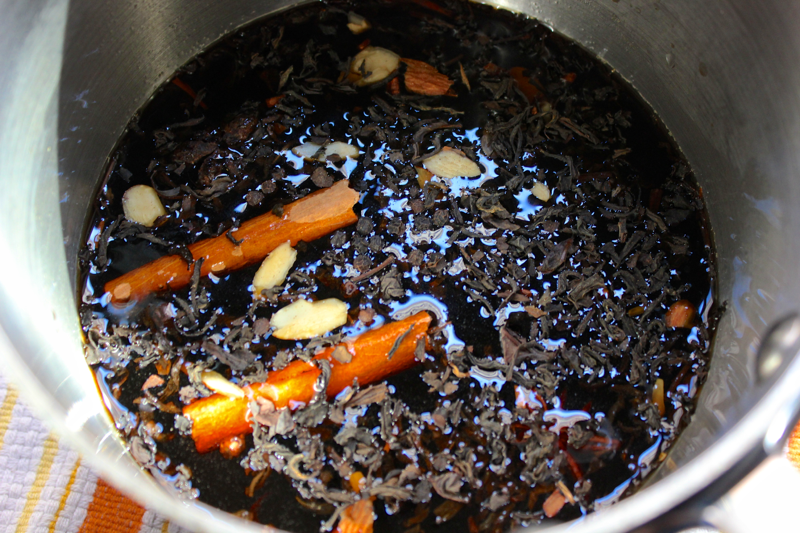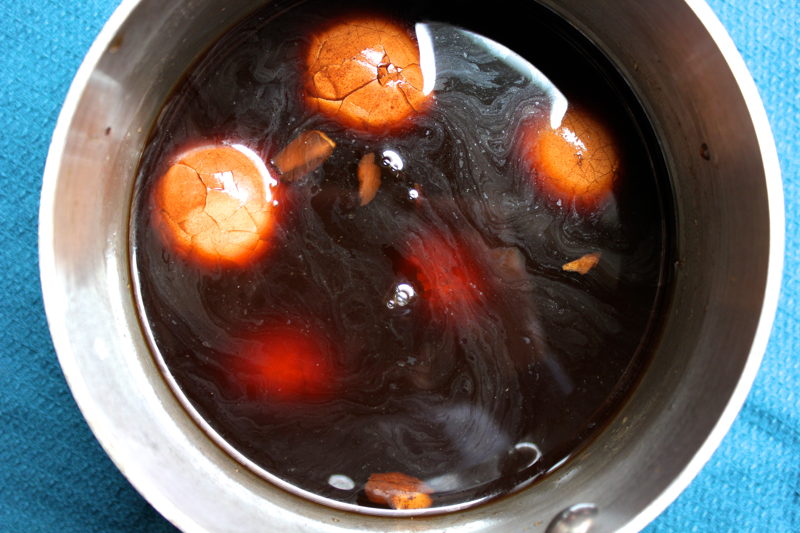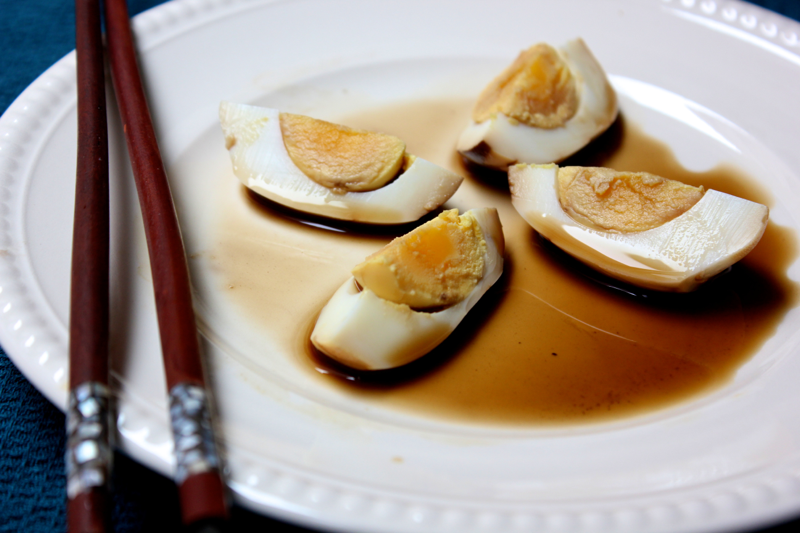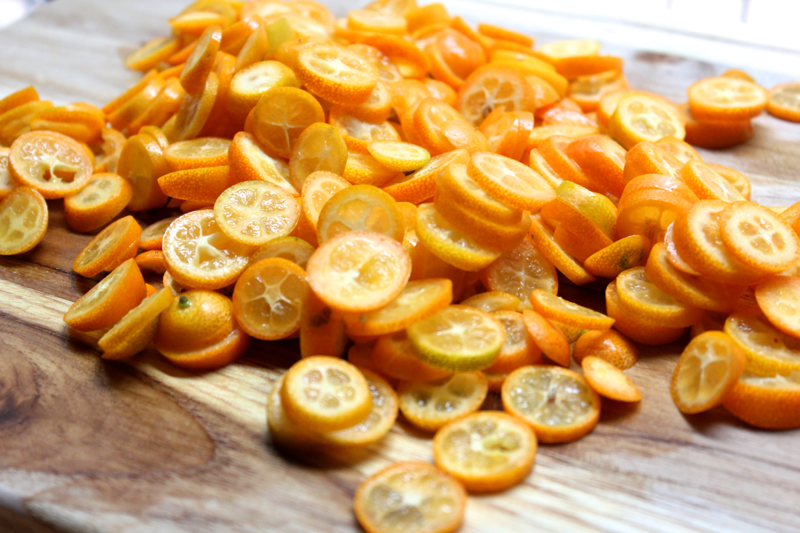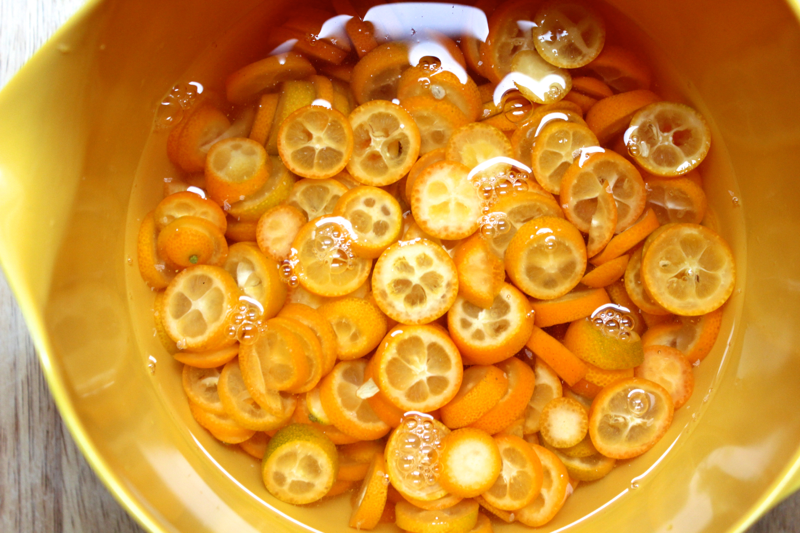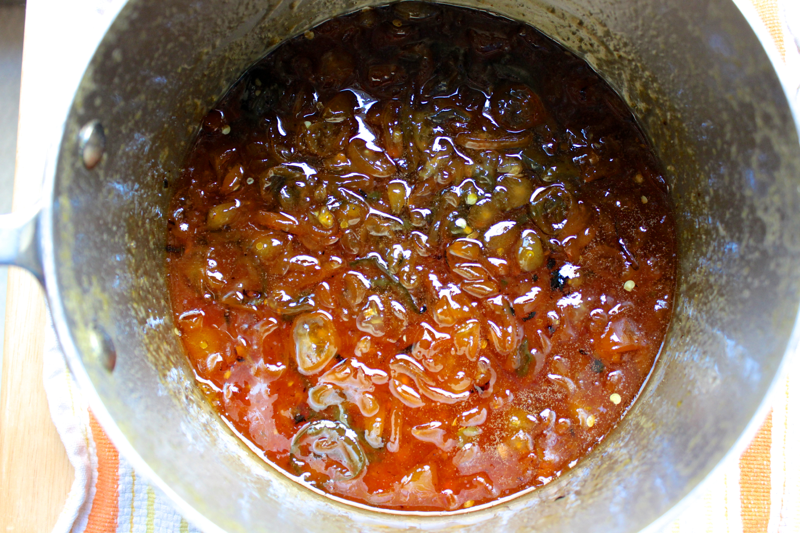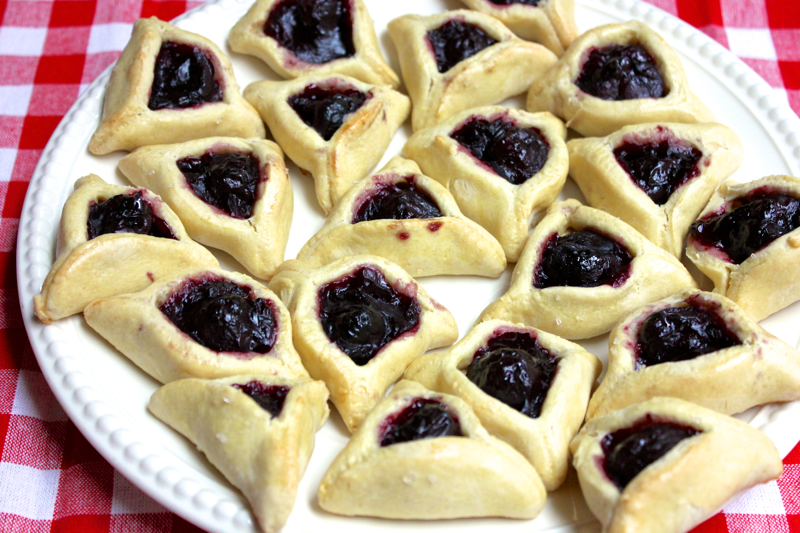
I love hamantaschen season, but every year when it’s time to make them, I feel terrible opening up the can of artificial cherry pie filling. I keep trying and failing to avoid it. Last year’s use of cherry jam was a sticky, overly-sweet disaster. But last week, in what can only be characterized as fateful timing, I noticed that Trader Joe’s had stocked bags of beautiful frozen cherries. I felt inspired to re-attempt making my own cherry pie filling, and this time, success is ours.
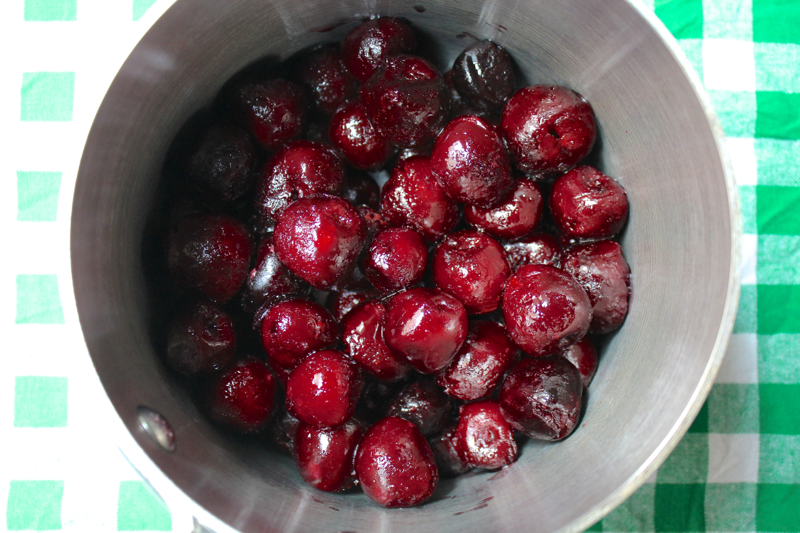
To make it, get 1 pound of pitted, sweet, red cherries. I used frozen cherries, but fresh would be fine too. Add them to a pot.
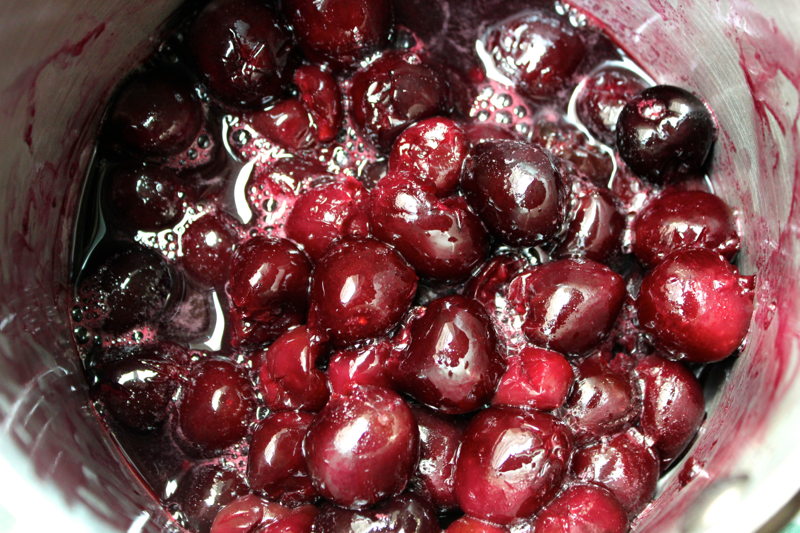
Cover the pot, and warm the cherries over medium heat until they have lost a lot of their juices and are able to simmer.
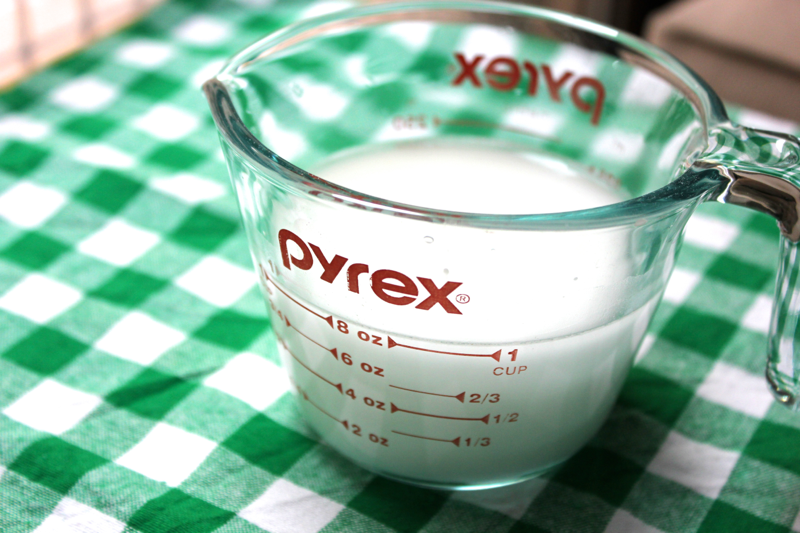
In a separate container, whisk together 1 cup of cold water and 2 tablespoons of cornstarch. Pour the mixture into the cherries and stir.
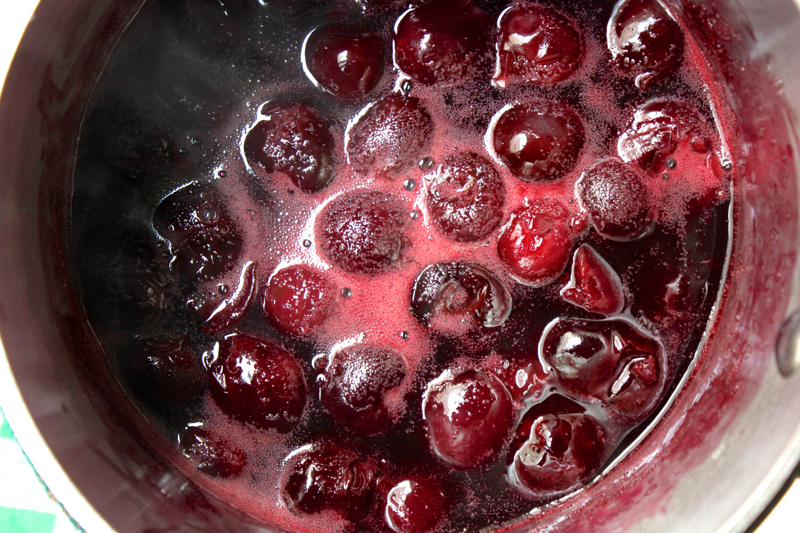
Cook the cherries, uncovered, at a rapid boil for about 5 minutes until the liquid has thickened into a medium-bodied syrup. If you use a metal spoon to scoop out some of the syrup and put it into the freezer to chill for a few minutes, the syrup should solidify into a gel. Once the cherries have thickened up, remove them from the heat, and stir in 1/3 cup of sugar (or sugar to taste) and 1 tablespoon of lemon juice. You could also add in some vanilla extract if you like. Allow the cherries to cool in the refrigerator. As the cherries chill, they will continue to thicken. Once cold, use them in your pie or hamataschen. Because the cherries do not cook for too long, they stay whole and provide a nice texture. Enjoy your less artificial but still delicious hamantaschen!
Shopping list:
- Sweet cherries- 1 pound
- Cornstarch- 2 tablespoons
- Sugar- 1/3 cup
- Lemon juice- 1 tablespoon



